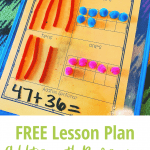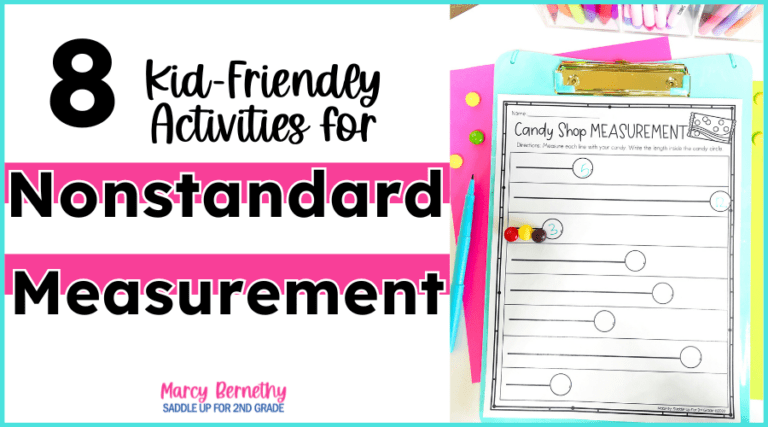

Join me for a FREE, Guided Math workshop to discover how to easily incorporate Guided Math into your current schedule!
One of the most difficult concepts for Second grade students to learn is addition with regrouping. They need a solid foundation and understanding of place value skills in order to comprehend this concept. Without a strong concept of place value, regrouping will be difficult for them. This post will give you strategies on how to teach addition with regrouping of double digits.
It is often asked why we teach things differently from the way we grew up. The answer is simple. We need to teach the WHY before we teach the HOW.
We want to give students many options and flexibility when it comes to solving problems because each child learns differently and at their own pace.
In this post, I am going to share 4 different addition with regrouping strategies that have proven to be effective in my own classroom. You can take these different strategies and tips and use them to help your students better understand the concept of regrouping.
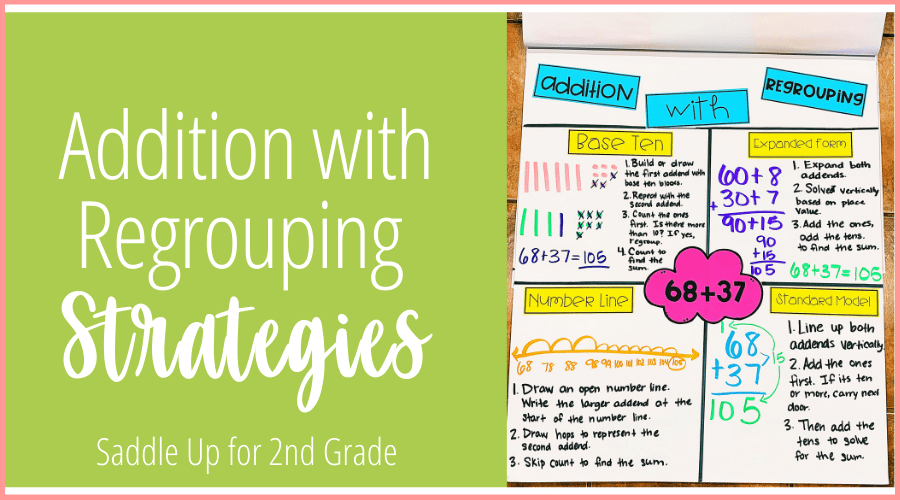
When introducing any new mathematical concept, I like to use whole group anchor charts to help my students gain familiarity with the concept.
This is especially important when introducing the concept of addition with regrouping because there are several different ways or strategies that accompany this concept.
At the beginning of our addition with regrouping unit, I like to make this anchor chart with my students. As a new strategy is introduced, it is added to our whole group chart.
I also have my students create the same chart in their interactive math journals. This is helpful for them to look back on when they need extra support. Plus, the act of writing these strategies on their own helps them gain a level of understanding.
It is essential to use manipulatives when you introduce this concept. Having the help of manipulatives helps students to get hands-on experience with the numbers.
In addition, it is a good idea to use base-ten blocks because your students should be familiar with them from your place value unit.
You can also use other fun tools and classroom supplies, such as pipe cleaners to represent the tens and pom poms to represent the ones.
I like to give students a place value chart mat placed inside a plastic sleeve. This allows them to use manipulatives, but also write or draw using a dry erase marker. These mats can be used over and over again.
Here is how this base ten strategy works using the example 47+36:
While using manipulatives is key, it is also important for students to be able to draw out this base ten strategy on paper. They won’t always have access to manipulatives, but they will always have a piece of paper and pencil available to them.
This strategy works the same way when drawing it out on a piece of paper or using an interactive notebook activity.
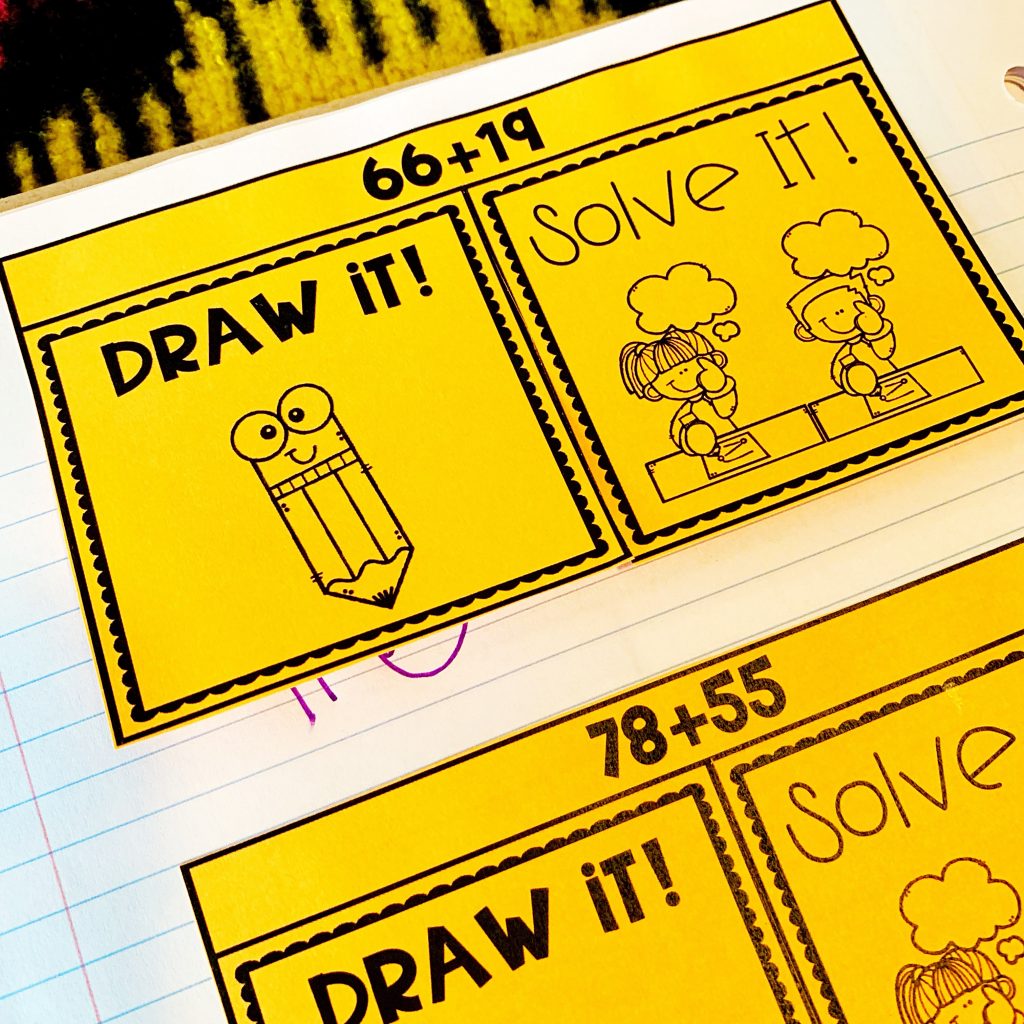
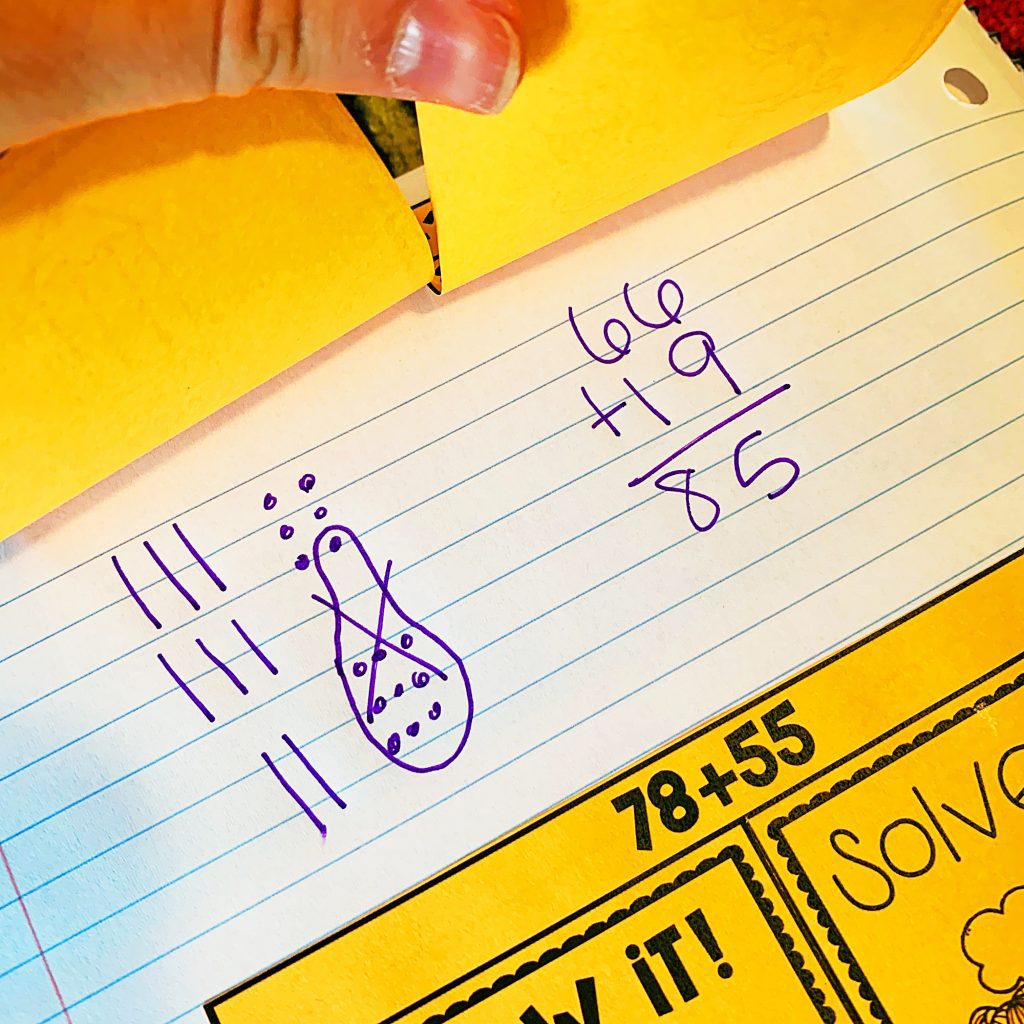
The next addition with regrouping strategy I’m going to share is the expanded form method. This is another strategy that can be extremely beneficial if your students have a strong understanding of place value and expanding numbers.
Each addend will be broken apart to show the value of tens and ones. This helps students understand the value of a digit. For example in the number 87, when we expand it, we get 80+7. This helps them see that the value of the 8 is 80 rather than just 8.
Here is how the expanded form strategy works using the example 47+34.
A benefit of this strategy is that it removes the regrouping step when the numbers are expanded.
Using an open number line to solve two-digit numbers addition with regrouping math problems is the third strategy I’m going to share. This strategy focuses on “hopping” along a number line to solve for the sum of a given problem.
Large hops are drawn to represent adding 10 and smaller hops are drawn for adding 1.
To help students visualize this concept, I teach them to include base ten blocks first. When they become more comfortable with this strategy, then they can take them away.
Here is how the number line strategy works using 36+38:
When it comes to putting pencil to paper, your students can easily use the same strategy on paper or with a number line interactive notebook activity.
If they need to draw base ten blocks along their number lines they can. The goal is for them to be able to mentally add the numbers.
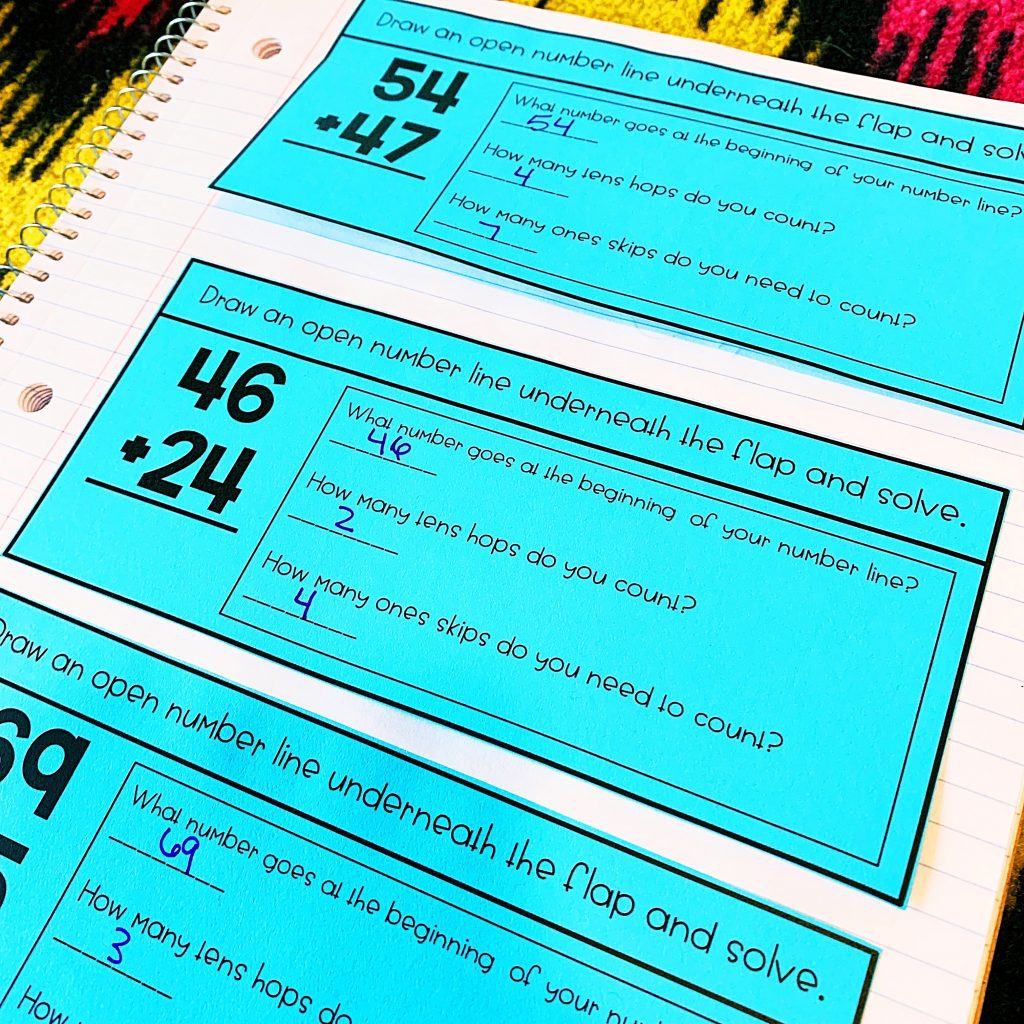
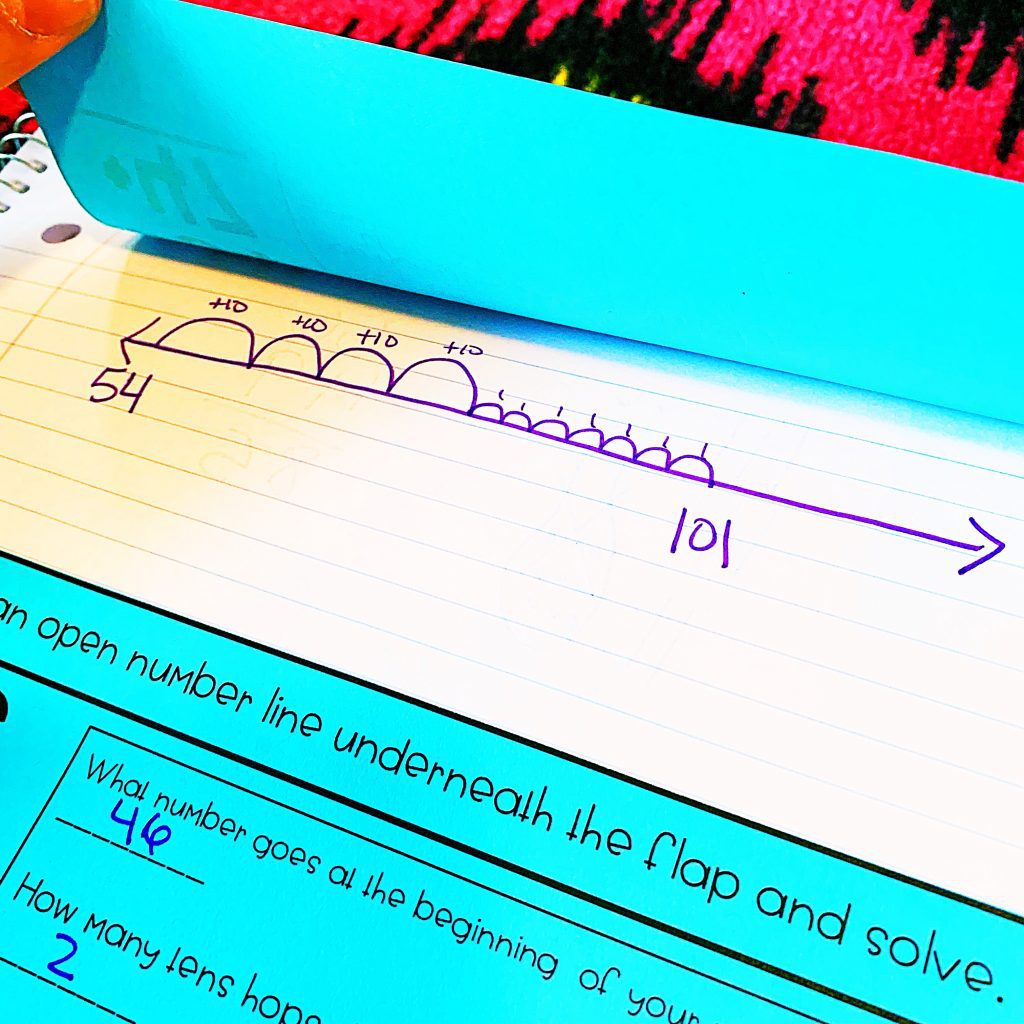
The standard algorithm is the final strategy I will share today. This is probably how you learned addition with regrouping and is the strategy that your students’ parents will be the most familiar with.
I like to use the saying, “If it’s ten or more, carry next door.”
One tip that can be helpful is to give your students a highlighter to highlight the ones column first. This helps them follow the regrouping process and visualize to add the ones place first followed by the tens.
Since students are trained to read from left to right, this makes going the opposite direction difficult for some students.
Here is how the standard algorithm strategy works using 68+37:
At the end of the unit, I like to make these Addition with Regrouping Strategy Flipbooks. These flipbooks are fun, hands-on, and are a great way to review these 4 strategies. Students can keep them to use as a reference later on.
Would you like to try a FREE sample addition with regrouping guided math lesson plan from my Addition with Regrouping unit? Fill out the form below to have a complete lesson plan with materials delivered straight to your inbox!
In conclusion, once you have exposed your students to a variety of strategies, this allows them to choose the one that works best for them and explore it further plenty of practice.
Here are some resources that you may find helpful:
Addition with Regrouping: This guided math unit includes 2 weeks worth of lesson plans to teach two-digit and three-digit addition with regrouping. There are activities for whole group lessons, independent practice, and small group instruction. The activities include a lot of hands-on practice with manipulatives, interactive notebook activities, and math stations to use all year long.
Regrouping Task Cards: This is a set of task cards that includes addition and subtraction word problems.
If you are looking for strategies for teaching addition and subtraction without regrouping, check out the blog posts below.
Are you looking for subtraction with regrouping strategies? Check out this blog post for them.
Check out my How to Teach Addition with Regrouping Strategies YouTube video below.
Want to save these addition with regrouping strategies for later? Pin the image below!
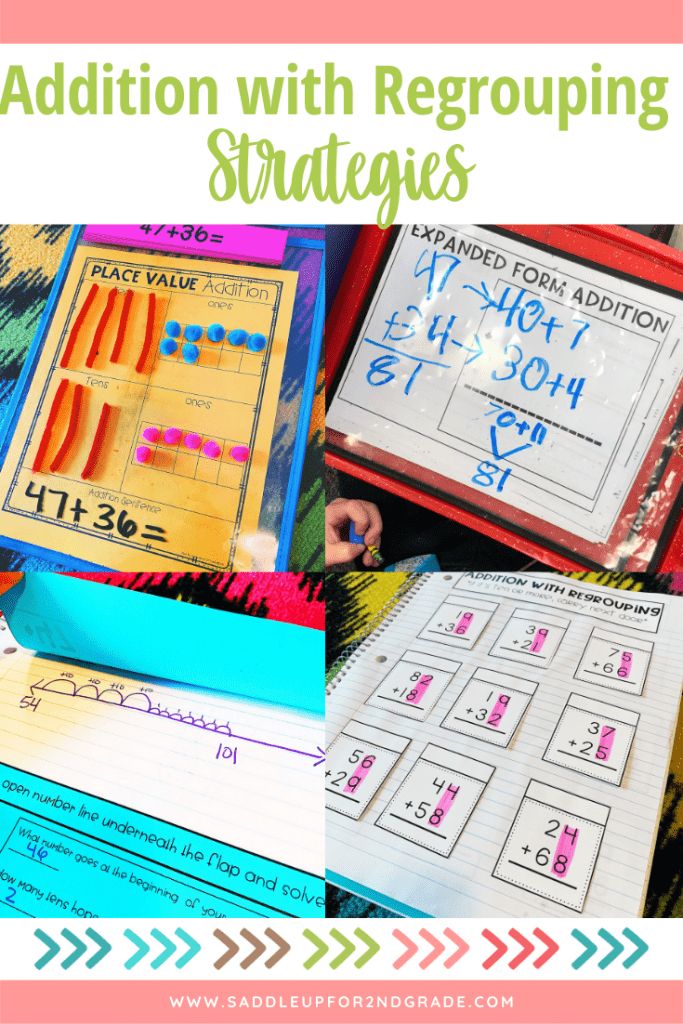
Math should be fun, not stressful. Ditch the timed math fact tests and replace them with math games that will help your students learn and retain information more effectively.
© Saddle Up for 2nd Grade • Website by KristenDoyle.co
